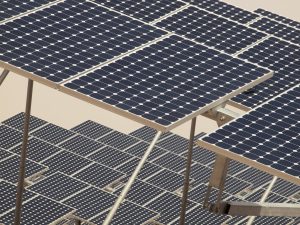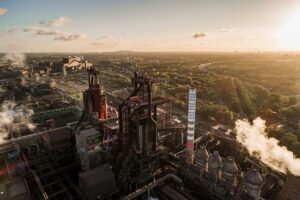“The gold standard for producing green hydrogen today is through electrolysis by using electrolyzers with solar or wind electricity to split water into hydrogen and oxygen,” said Steve Hill, CEO of NewHydrogen. “Unfortunately, electricity, especially green electricity, is very expensive and will continue to be expensive. In fact, electricity currently accounts for 73% of the cost of green hydrogen production. On the other hand, renewable heat from sources such as concentrated solar and geothermal can be very low cost. Often it’s even free in the form of waste heat from sources such as nuclear power plants, and industrial processes for making steel, glass, ceramics, and many things we use in our everyday lives.”
“The UC Santa Barbara technology team, led by Dr. Philip Christopher, plans to exploit the features of molten liquids to directly split water continuously in a single redox chemical loop, to produce hydrogen and oxygen in separate chambers,” Mr. Hill disclosed. “We are developing a novel Molten Catalytic Liquid that can be reduced in one chamber, oxidized in another chamber, and is continuously recycled and reused. The only inputs are heat and water. We call this technology, NewHydrogen ThermoLoop™, and it will be a novel, first of its kind, high efficiency thermochemical water-splitter that uses low-cost common materials and common industrial temperatures of less than 1,000°C, to potentially produce the world’s cheapest green hydrogen.”
“NewHydrogen now has two promising green hydrogen technology projects under way,” Mr. Hill reported. “In addition to our heat-based ThermoLoop™ project at UC Santa Barbara, our UCLA technology team, led by Dr. Yu Huang, has made considerable progress in our quest to replace and reduce expensive rare earth materials used as catalysts in conventional electrolyzers. Until there is a new technology that does not rely on electricity as the input energy to make hydrogen, electrolyzers will continue to serve as an important bridge to the green hydrogen economy.”






